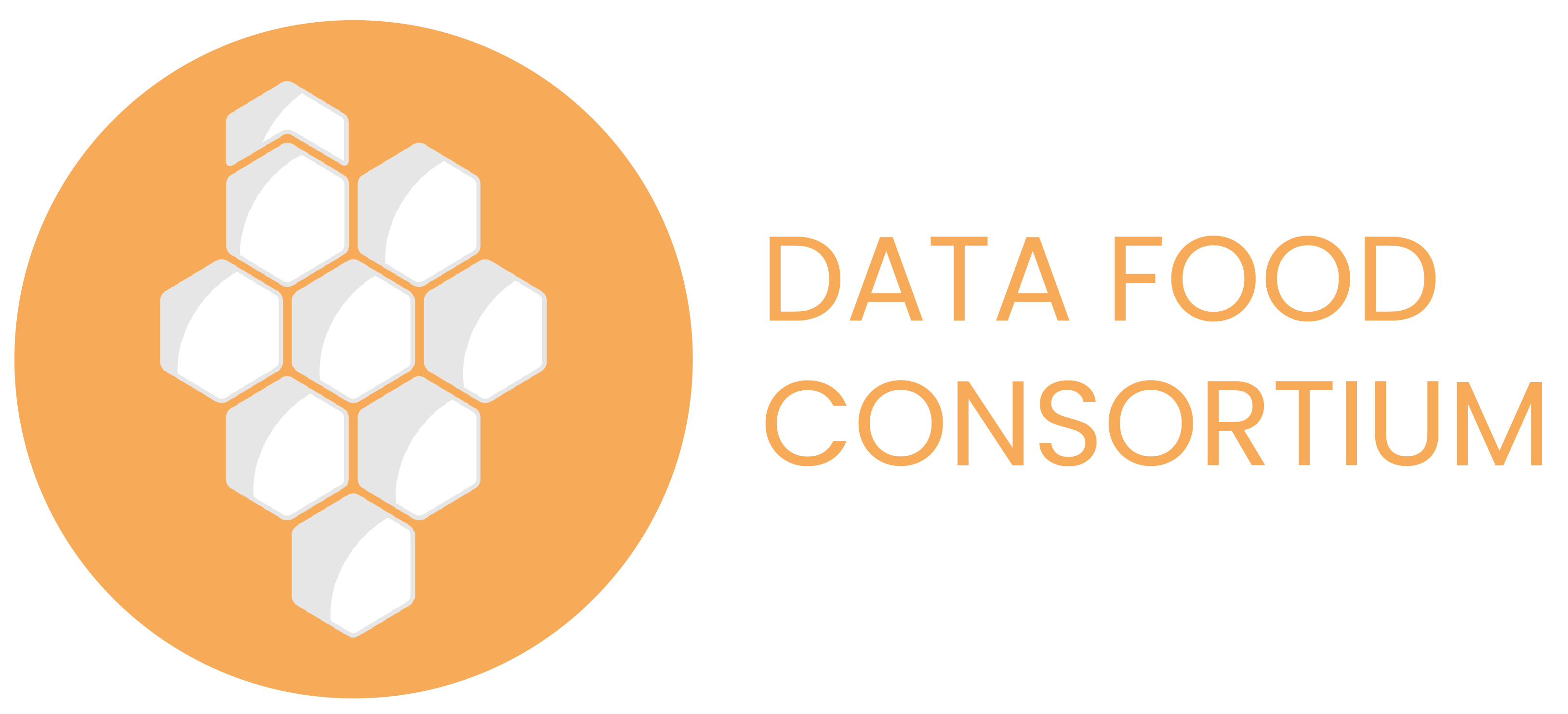- With the development of food technology, more and more short food supply chain services operate thanks to web platforms: production monitoring, plot management, management of product catalogs, online sales via e-commerce tools, invoicing, accounting, etc.
- Today, these tools generally operate in a silo logic and despite the existence of a few APIs (expensive to maintain), they do not communicate enough with each other (they are not “interoperable” enough). Consequently, the actors of the food system are confronted with problems of stock management and with numerous manual operations to compensate for these inter-platform miscommunication.

CHALLENGES & PRACTICAL EXAMPLES
#1 : STOCK MANAGEMENT

A market gardener, Marcel, sells his vegetables to a buying group “Earth friends” which has a web platform (website), on which Marcel manages his online product catalog.
Now imagine that another purchasing group, “Friends of the fields”, also wishes to distribute Marcel's products via its own web platform.
How does Friends of the fields access Marcel's catalog?
Today, the solutions are far from ideal:
1 – Marcel has to enter the same data on both platforms, leading to a waste of time and complicated inventory and order management.
2 – AFriends of the fields can use the catalog available at Earth friends (if there is an existing API for example). There are then issues of stock synchronicity (error problems due to non-instantaneous synchronizations), data reliability, as well as security. It gives also more power to one platform over another.
#2 : MISSED COOPERATIONS


